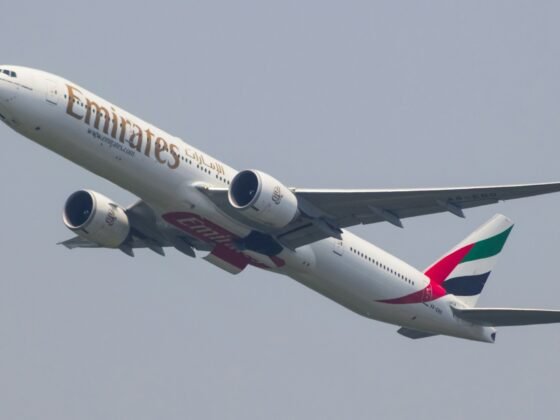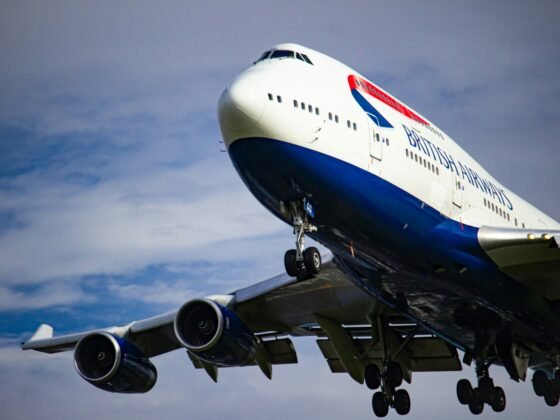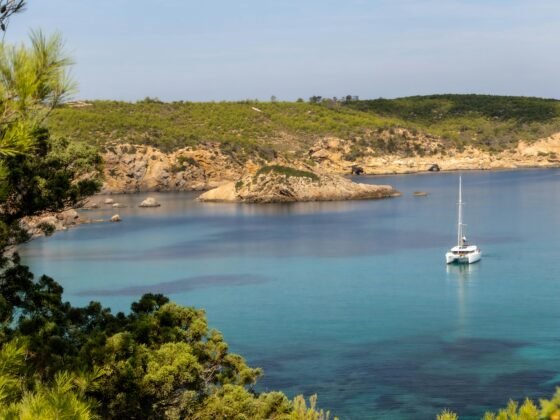Inside one of South Africa’s most exclusive game reserves– and what you really get for your money. If you’ve ever researched a safari in South Africa, you’ll almost certainly have come across Sabi Sand Game Reserve. And if you’ve compared its rates to those in Kruger National Park, you may be wondering: Why is a Sabi Sands safari so expensive? And more importantly: Is it actually worth it?
Having spent time in Sabi Sands as well as other South African safari areas, here’s my honest take on what makes this private reserve so special—and why it’s one of the best places in Africa to see wildlife in style.
What (and Where) is Sabi Sands?
Sabi Sands is a private game reserve adjoining Kruger National Park, forming part of the Greater Kruger conservation area. It shares an unfenced boundary with Kruger, so wildlife roams freely between the two. But unlike Kruger, Sabi Sands is made up of private concessions, each home to just a handful of luxury lodges.
There are around 20 camps and lodges in the reserve, ranging from ultra-luxurious safari suites to more classic tented camps. Some of the most well-known names in African travel operate here, offering expert guiding, personalised service, and world-class wildlife viewing in a quiet, exclusive setting.
Sabi Sands is easily reached via short scheduled flights from Johannesburg or Cape Town to either Skukuza (southern Sabi Sands) or Hoedspruit (northern Sabi Sands and Timbavati). Charter flights can also land directly on airstrips within the reserve, while Kruger Mpumalanga International Airport serves the western sector.
We chose to drive from Johannesburg, overnighting in Hazyview before continuing into the reserve the next day. It’s around 500 km, and the drive takes around 6–7 hours depending on your final destination. We stayed at MalaMala, one of the oldest and most iconic camps in the reserve.
Why Is a Sabi Sands Safari So Expensive?

A safari in Sabi Sands is very different to one in Kruger National Park. In Kruger, there’s self-drive traffic, set routes, and you’re your own guide unless joining a scheduled activity. In contrast, Sabi Sands offers a private, fully guided, and immersive wildlife experience.
Here’s what you’re really paying for:
1. Private, Exclusive Safari Experience
Only guests staying at a lodge can enter the reserve, and vehicle numbers at sightings are limited. That means no self-drive crowds, just peaceful, up-close encounters with wildlife. Customised open 4×4 vehicles are built for comfort and optimal viewing, with a small number of guests per vehicle.
2. Off-Road Game Viewing with Expert Guides
Unlike Kruger, guides in Sabi Sands can go off-road to follow animals—especially big cats. You’re not stuck on the roads. You can track a leopard through the bush or park just metres from a lion pride.
3. High-End Lodges and Hospitality
Most lodges are fully inclusive, offering luxurious suites, indoor/outdoor bathrooms, gourmet meals, and drinks. Some, like Notten’s, offer a more classic tented experience, but many feature air-conditioning, minibars, hairdryers, and other creature comforts—ideal for first-time safari travellers or those who appreciate added security and comfort in the bush. This is especially welcome during hot weather (October) or cold nights/mornings (July).
4. Reliable Wildlife Sightings
Sabi Sands has some of the most habituated wildlife in Africa, particularly leopard. Thanks to decades of conservation and expert tracking, a Sabi Sands safari offers sightings of leopard, lion, elephant, rhino and buffalo which are often uninterrupted.
The landscape is also beautiful—dotted with rivers, open savannah, and areas of dense woodland—making for varied and picturesque game drives.
What We Saw: My Experience in Sabi Sands

Within minutes of entering the reserve, we came across a huge leopard lying in the road, completely relaxed and unbothered by our vehicle. Over the next three days of our Sabi Sands safari, we saw three different leopards, all at close range—and often with no other vehicles around.
One of the most memorable moments was a sunset encounter with a large herd of elephants—at least forty strong—moving silently around us in the golden light. We simply sat in awe.
Other highlights included:
- A white rhino mother and calf enjoying a mud wallow
- Several wild dog sightings
- A tense cheetah and hyena face-off
- Multiple lion encounters
Not bad – especially if you consider it was right at the start of April when the bush is still pretty thick and green. Imagine what the sightings might be like in July!
Is Sabi Sands Worth It?
If you’re short on time and want a guaranteed, high-quality safari, private conservancies like Sabi Sands are hard to beat. Unlike more remote parks where sightings are less consistent, Sabi Sands is reliably exceptional—you can see a huge amount in just two or three nights.
Many travellers pair Sabi Sands with Cape Town or the Garden Route, especially during October or April, when both regions are in season. It’s the ideal balance of safari adventure and scenic relaxation.
How to Make a Sabi Sands Safari More Affordable
Yes, it may be a splurge—but there are ways to enjoy it without breaking the bank:
- Travel during shoulder seasons (March–April or November)
- Look out for special offers or stay/pay deals before high season (May–October)
- Choose classic or tented camps instead of ultra-luxury suites
- Combine a few nights on safari with more affordable destinations, like Cape Town sightseeing or the coast
- Book with a specialist safari operator—they’ll have access to insider advice and agent rates at no extra cost to you
Alternatively, Timbavati and other neighbouring private reserves offer a similar low-density, high-quality safari experience—often at slightly lower prices.
Final Verdict
Sabi Sands might not be the cheapest option when compared to the national park—but it’s incredible value for what you get. You’re not just booking a place to sleep—you’re investing in expert guiding, warm hospitality, conservation efforts, and an exceptional wildlife experience.
And with the current favourable exchange rate for UK travellers, the South African Rand goes a long way—making Sabi Sands surprisingly good value compared to safaris in East Africa or Botswana, which often charge in US dollars.












